Source:-c-sharpcorner.com
Link :-http://www.csharpcorner.com/UploadFile/questpond/DP109212008014904AM/DP1.aspx
Abstract factory expands on the basic factory pattern. Abstract factory helps us to unite similar factory pattern classes in to one unified interface. So basically all the common factory patterns now inherit from a common abstract factory class which unifies them in a common class. All other things related to factory pattern remain same as discussed in the previous question.
A factory class helps us to centralize the creation of classes and types. Abstract factory helps us to bring uniformity between related factory patterns which leads more simplified interface for the client.
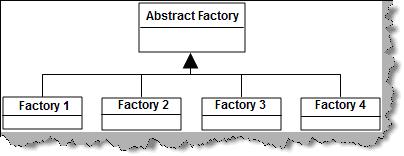
Figure 5. Abstract factory unifies related factory patterns
Now that we know the basic lets try to understand the details of how abstract factory patterns are actually implemented. As said previously we have the factory pattern classes (factory1 and factory2) tied up to a common abstract factory (AbstractFactory Interface) via inheritance. Factory classes stand on the top of concrete classes which are again derived from common interface. For instance in figure 'Implementation of abstract factory' both the concrete classes 'product1' and 'product2' inherits from one interface i.e. 'common'. The client who wants to use the concrete class will only interact with the abstract factory and the common interface from which the concrete classes inherit.
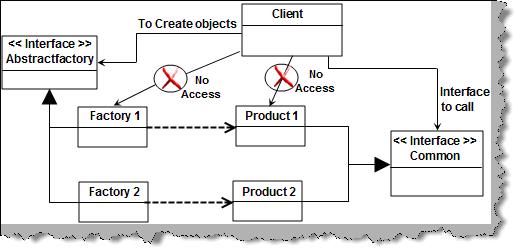
Figure 6. Implementation of abstract factory
Now let's have a look at how we can practically implement abstract factory in actual code. We have scenario where we have UI creational activities for textboxes and buttons through their own centralized factory classes 'ClsFactoryButton' and 'ClsFactoryText'. Both these classes inherit from common interface 'InterfaceRender'. Both the factories 'ClsFactoryButton' and 'ClsFactoryText' inherits from the common factory 'ClsAbstractFactory'. Figure 'Example for AbstractFactory' shows how these classes are arranged and the client code for the same. One of the important points to be noted about the client code is that it does not interact with the concrete classes. For object creation it uses the abstract factory ( ClsAbstractFactory ) and for calling the concrete class implementation it calls the methods via the interface 'InterfaceRender'. So the 'ClsAbstractFactory' class provides a common interface for both factories 'ClsFactoryButton' and 'ClsFactoryText'.
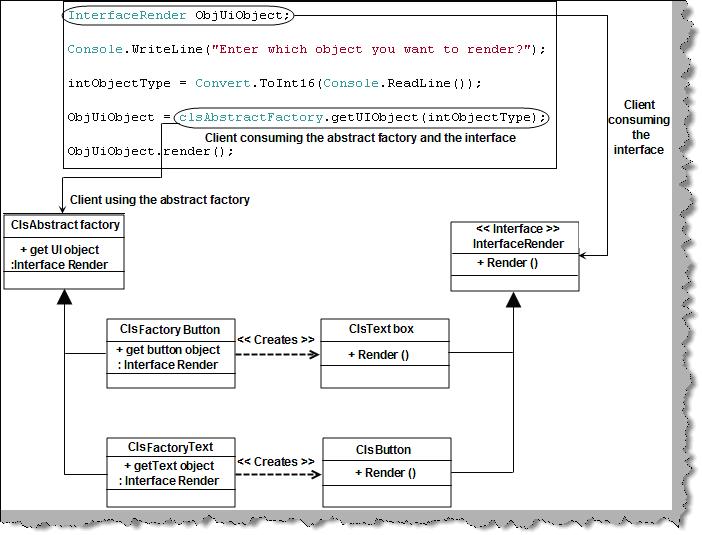
Figure 7. Example for abstract factory
Note: We have provided a code sample in C# in the 'AbstractFactory' folder. People who are from different technology can compare easily the implementation in their own language.
We will just run through the sample code for abstract factory. Below code snippet 'Abstract factory and factory code snippet' shows how the factory pattern classes inherit from abstract factory.
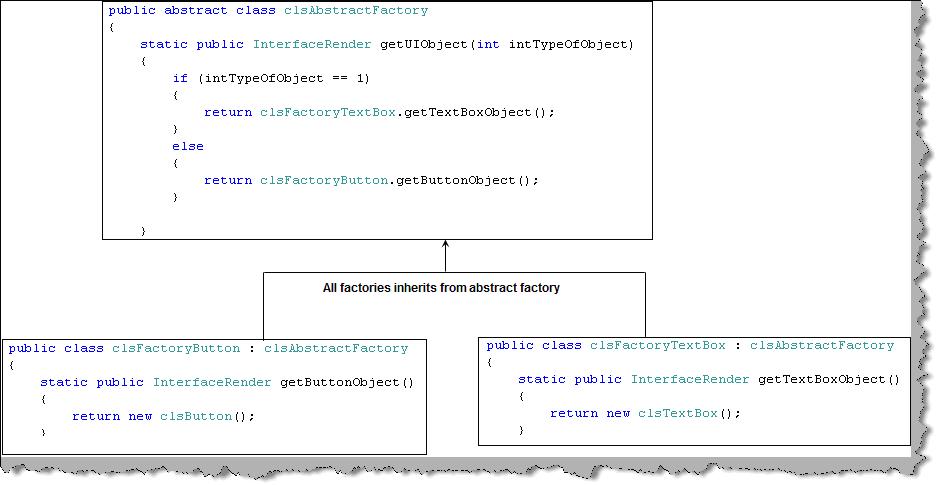
Figure 8. Abstract factory and factory code snippet
Figure 'Common Interface for concrete classes' how the concrete classes inherits from a common interface 'InterFaceRender' which enforces the method 'render' in all the concrete classes.

Figure 9. Common interface for concrete classes
The final thing is the client code which uses the interface 'InterfaceRender' and abstract factory 'ClsAbstractFactory' to call and create the objects. One of the important points about the code is that it is completely isolated from the concrete classes. Due to this any changes in concrete classes like adding and removing concrete classes does not need client level changes.
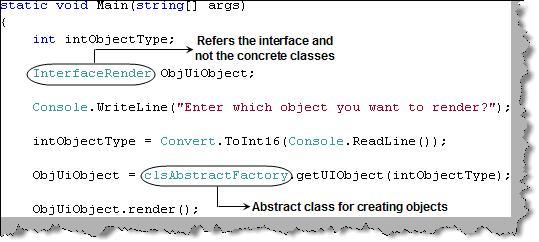
Figure 10. Client, interface and abstract factory

0 comments:
Post a Comment